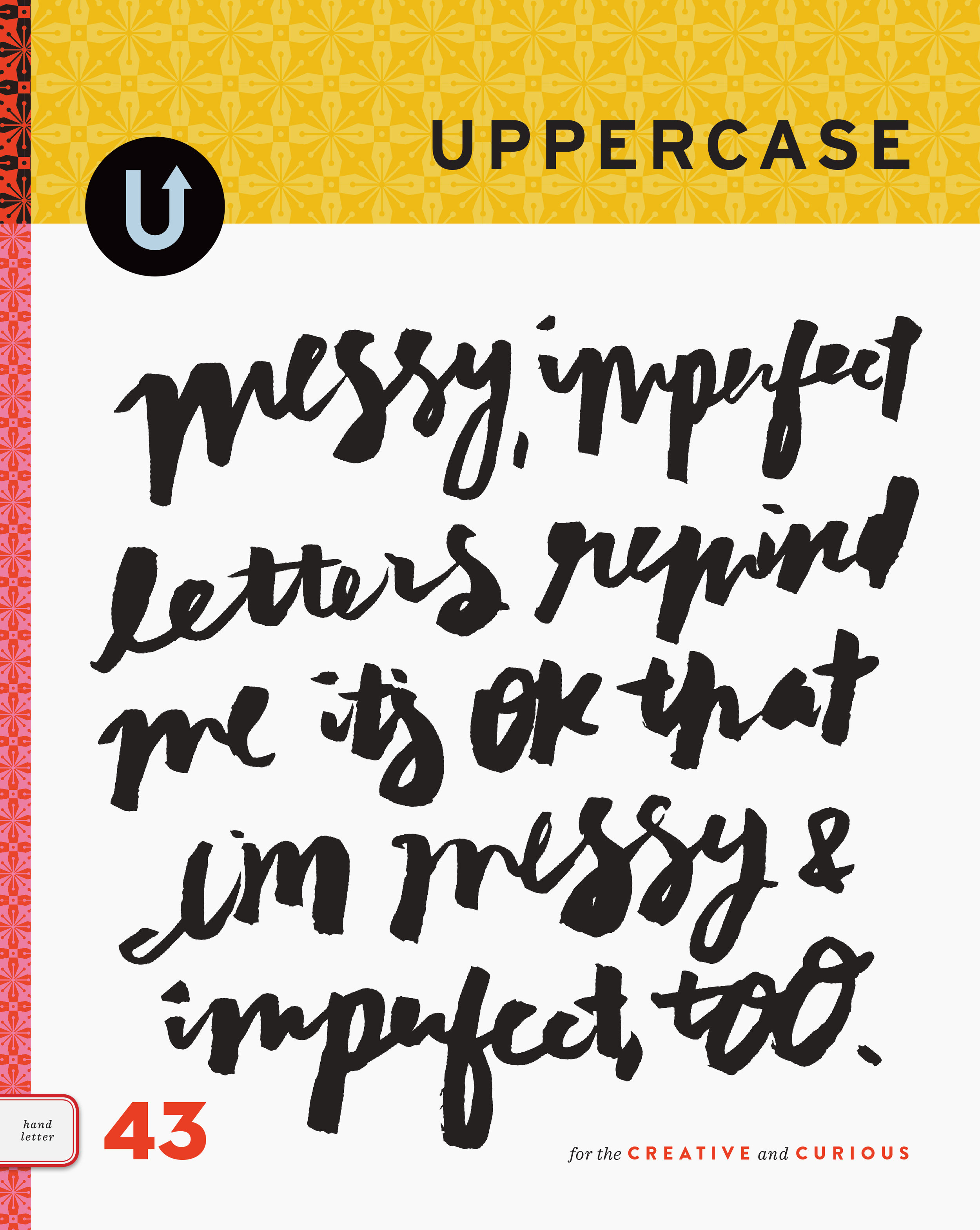Sheryl Oring
/
Thank you to a kind commenter who sent me looking at artist Sheryl Oring's website. I had been researching her Writer's Block project earlier in the week, but I was clearly looking at an outdated website. In Writer's Block, Oring imprisoned masses of typewriters in large cages, to symbolize censorship and the atrocity of war crimes committed by Nazis. The installation was presented at a historic plaza in Berlin, site of a 1933 Nazi book burning. The project required collecting tons of machines. "That is how art works. It was a challenging thing to do, because great art should be
challenging," the artist stated in an interview with the San Francisco Chronicle.
In her current work, Oring uses the typewriter as a means for bridging the gap of communication between common people and government authority. She sets up a typewriter and modest "office" in public spaces and takes dictation. People state what they want from a future president. "I wish to say" is broadly a petition for change. The resulting transcripts are sent to the White House, while Oring saves a carbon copy for later exhibitions.

































